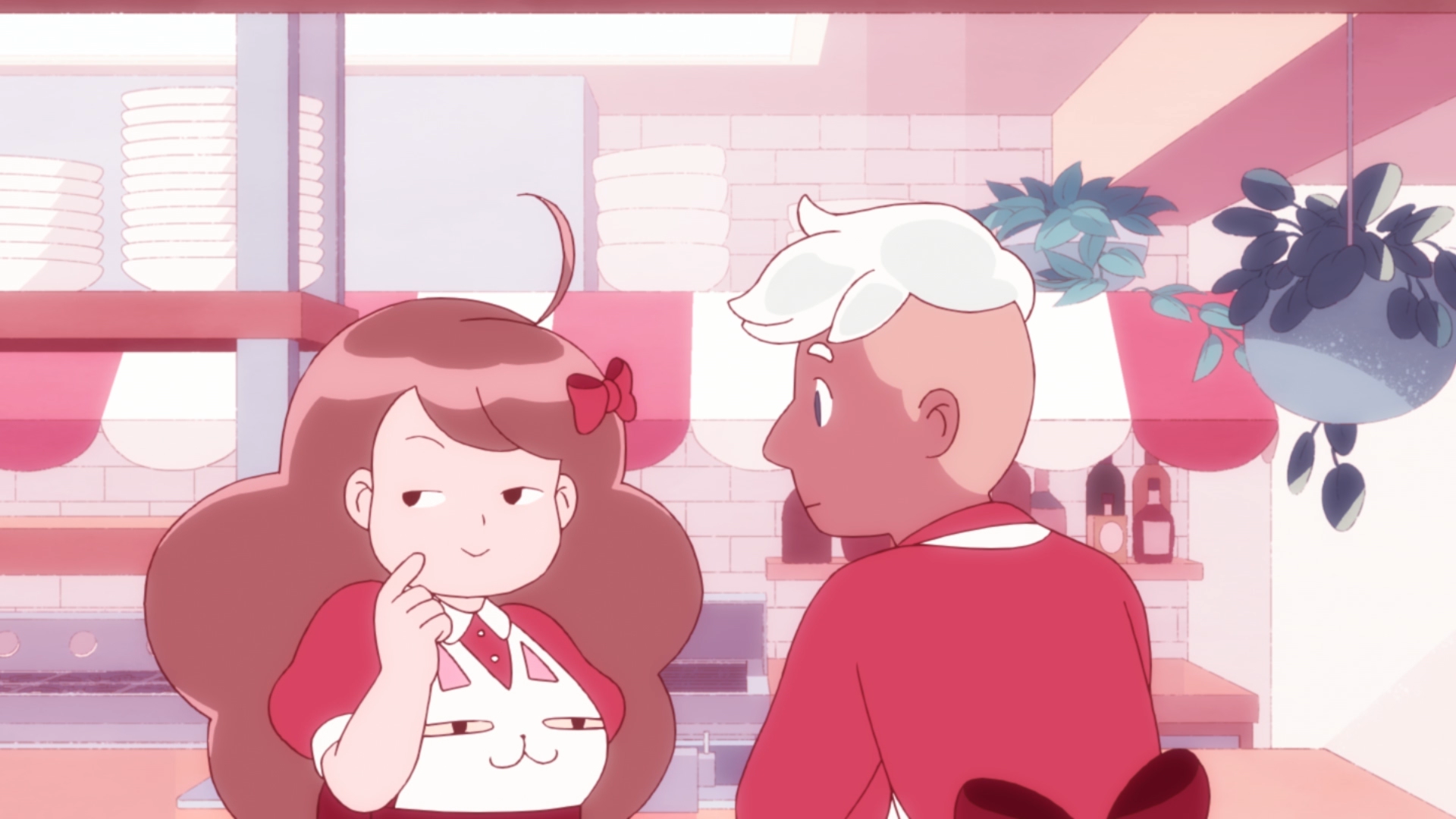

- LAZY IN SPACE BEE AND PUPPYCAT FOR FREE
- LAZY IN SPACE BEE AND PUPPYCAT SERIES
- LAZY IN SPACE BEE AND PUPPYCAT TV
That lack of security, especially in animation, just isn’t feasible in the long term. See, season one was a massive success, but it was also fully crowdfunded. Something about her fluffy brown hair or her quirky clumsy self resonated with me. I became obsessed, changed all my backgrounds to pictures of Bee and Puppycat, and got as many people to watch and rewatch that one-hour season as I could.
LAZY IN SPACE BEE AND PUPPYCAT TV
The short season quickly became my favorite TV show ever, and I’ve watched a lot of TV.
LAZY IN SPACE BEE AND PUPPYCAT SERIES
I found the series when I was at my lowest, some set of months deep into a seemingly never ending quarantine. Screenshot from YouTube’s “Bee and Puppycat: Lazy In Space” Instead season 1 is used to bridge the gap between the original concept, and the show Natasha wanted to create. While there’s a hint at a love story, it’s never fully realized in the YouTube version. The YouTube series balances the wacky antics of the jobs with the true heart of the story, Bee’s past and her friendship with the awkward and clumsy Deckard. Upon losing her job, Puppycat teleports the both of them to “Temp Space” an endless void where the helpful Tempbot gives the pair Temp jobs. YouTube’s “Bee and Puppycat” told the story of how Bee’s life turns upside down when she meets the magical and talking Puppycat, who, despite his adorable appearance, is a very sassy adult man. Natasha and the animators really honed in on the show’s aesthetic, and they didn’t skimp on the story or lore either, as the writing and humor are true standouts in the series. Everything was, for lack of a better word, cute. The animation was beautiful, vibrant, and filled with pastel colors. The entire thing was only a little over an hour long, filled with 10 short episodes, but after years of hype and patience, it was a huge hit.
LAZY IN SPACE BEE AND PUPPYCAT FOR FREE
Finally, in 2018, four years after the initial Kickstarter, the full first season of “Bee and Puppycat: Lazy in Space” was released for free on YouTube. The Kickstarter was a huge success, surpassing its initial goal by over $200K. Fans were extremely passionate, literally paying out of their own pockets to see more content.

The pair started a Kickstarter hoping to amass around $600K to fund and release a proper full season of “Bee and Puppycat” with TV-quality animation. Fortunately, they wouldn’t have to, but they would have to be patient.įollowing the episode’s success, one year later Natasha Allegri partnered with Frederator, the animation studio responsible for hit shows like “Adventure Time”, “Fairly Odd Parents”, “Bravest Warriors”, and now “Bee and Puppycat”.

There was so much left to explore, and people weren’t ready to leave this world yet. People loved the bizarre but sweet characters and were hooked on where the story could go. The episode, released on the YouTube channel Cartoon Hangover, garnered millions of views and an instant fanbase. The animation was a little rough around the edges, the story not fully fleshed out, but the potential was there. The episode told the strange tale of a charming girl in her early 20s, Bee, struggling to navigate adulthood when all of the sudden a creature, not a dog but not quite feline, falls into her lap. In 2013, Natasha Allegri, storyboard artist and writer for Cartoon Network, created a 10-minute episode introducing the world to the quirky and loveable Bee and Puppycat.


 0 kommentar(er)
0 kommentar(er)
